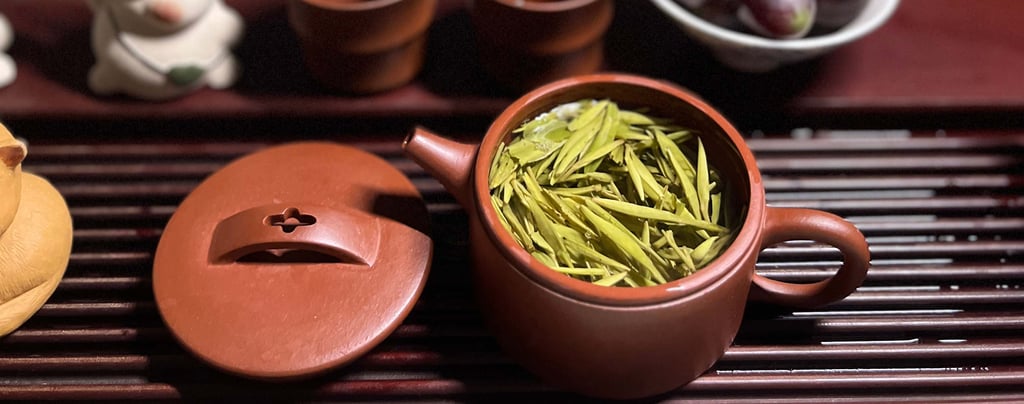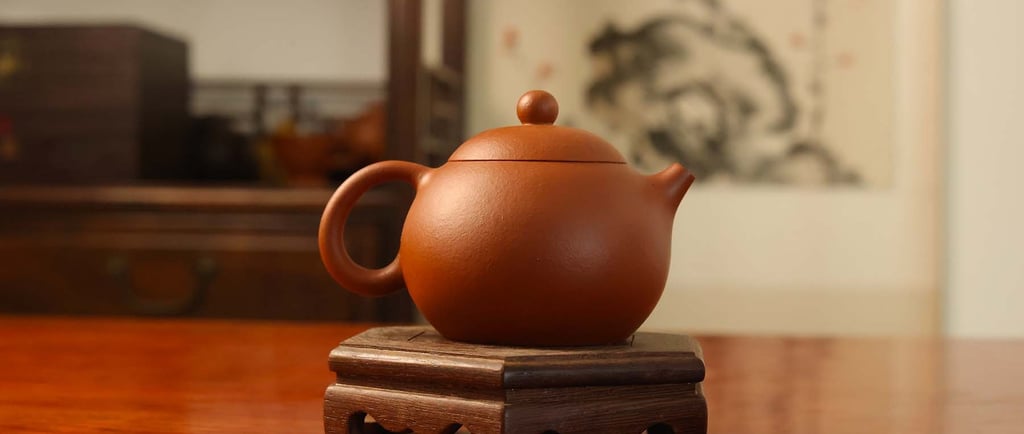What is The Connection Between Chinese and Japanese Tea Culture
Discover the deep connections between Chinese and Japanese tea cultures, exploring their shared history, spiritual practices, and cultural exchanges that shaped the tea traditions of both nations.
CHINESE TEA CULTUREGLOBAL TEA CULTURE
Let's face it: tea isn't just a drink – it’s a whole vibe. You’ve probably had a cup of tea, but have you ever thought about what goes into making it such an integral part of different cultures? If you’ve ever wondered why tea is so important in both China and Japan, you’re in the right place. The connection between Chinese and Japanese tea culture is not only fascinating, but it also goes way deeper than just brewing a good cup. So, let’s break it down and take a look at how these two countries, both with rich tea traditions, have shaped each other's tea cultures over time.
Exploring the Links Between Chinese and Japanese Tea Traditions
Chinese Tea Culture's Influence on Japanese Tea Ceremony
Here’s the thing: Japanese tea ceremonies didn’t just pop out of nowhere. They’re deeply rooted in Chinese tea culture. If you think about it, Chinese tea practices like the way tea is prepared and how it's tied to spiritual significance made their way to Japan. Now, Japan took those basics and turned them into their own unique tea ceremony – or “chanoyu” as they call it.
China had this whole thing where tea wasn’t just about drinking; it symbolized respect, balance, and peace. Japan loved that and adopted those values, focusing on simplicity and mindfulness. So, when you sip a cup of tea during a Japanese tea ceremony, know that it’s about a lot more than just the taste – it’s about tradition, respect, and a deep connection to the moment.
The Role of Buddhism in Bridging Tea Cultures
But it doesn’t stop there. If you’ve ever heard of Zen Buddhism, you know it’s all about finding peace through simplicity. Well, tea played a massive role in that too. Chinese monks used tea to stay awake during their long meditation sessions, and that practice crossed over to Japan.
When Buddhist monks from China travelled to Japan, they didn’t just bring spiritual teachings; they brought tea culture along with them. Over time, tea drinking in Japan became a spiritual practice connected to Zen Buddhism, making tea ceremonies a meditative experience where the focus is on the present moment, peace, and mindfulness. Talk about taking a simple cup of tea to a whole new level!


The Transmission of Tea Culture by Envoys and Scholars
Let’s talk about the movers and shakers who made this all possible. In the Tang and Song dynasties, Japanese scholars and envoys – known as Kentoshi and Gakumon-shi – made trips to China to study its culture. And guess what? They didn’t just study philosophy or technology; they also learned about tea growing, processing, and drinking.
These emissaries brought back tea seeds, tools, and a wealth of knowledge, which laid the groundwork for Japan’s tea culture. And it wasn’t just about knowledge – it was about passing on a way of life. Influential figures like Saichō and Kūkai made sure tea practices were deeply embedded in Japanese culture. So, when you think about Japanese tea culture, there’s a lot of history that ties back to those early exchanges with China.
Chinese Tea Wares and Japanese Tea Utensils
Here’s something interesting: the physical items used in tea ceremonies also show the deep link between these two countries. Chinese tea utensils, like the famous Tenmoku tea bowls, became highly prized in Japan. These weren’t just regular bowls; they were seen as symbols of cultural respect and tradition.
The Japanese then started crafting their own versions, but the influence of Chinese tea wares was always there. In formal tea ceremonies, using a Tenmoku bowl wasn’t just about drinking tea – it was about acknowledging and respecting the roots of their tea tradition. Pretty cool, right?


Tea as a Cultural Bridge Between China and Japan
Tea isn’t just a drink – it’s been a bridge between two cultures. From the early days of monks sharing tea practices to scholars bringing back tea seeds, tea has played a major role in shaping relations between China and Japan. Over the years, tea not only influenced spiritual practices but also strengthened diplomatic and cultural ties.
Even today, tea remains a shared cultural heritage that connects both nations. Think about it: a simple drink, yet it’s a symbol of mutual respect, shared history, and cultural exchange. Tea isn’t just something you sip – it’s a story that connects two incredible cultures.
Conclusion
So there you have it: the connection between Chinese and Japanese tea culture runs deep. From China’s early tea traditions influencing Japan’s tea ceremonies to Buddhism playing a key role in spreading tea practices, these two cultures have shaped each other’s tea experiences in profound ways. Tea is more than just a beverage; it’s a cultural symbol that links the two countries. If you're curious to dive deeper into the world of tea culture, don’t hesitate to check out more of our posts. There’s always more to discover!
FAQs
How did tea culture start in Japan?
Tea culture in Japan began with influences from China. Early Chinese tea practices were introduced by monks and scholars who brought back tea seeds, tools, and knowledge.What is the significance of tea in Japanese culture?
In Japan, tea represents mindfulness, respect, and harmony. It’s a key element of the Japanese tea ceremony, which is deeply rooted in Zen Buddhism.Why are Chinese tea utensils important in Japan?
Chinese tea utensils, like the Tenmoku bowls, were highly valued in Japan. These items represented cultural respect and tradition, influencing the design and style of Japanese tea wares.
